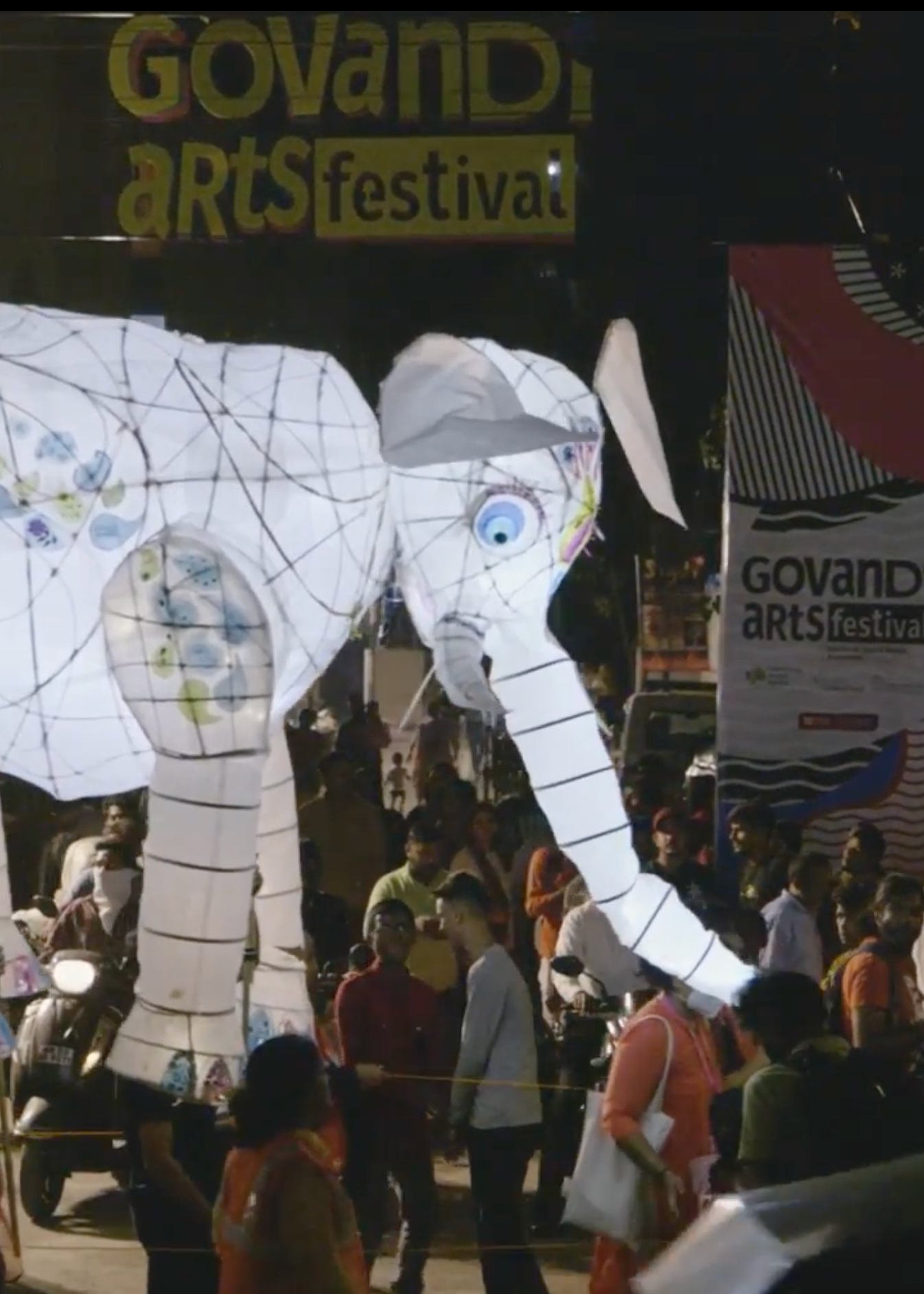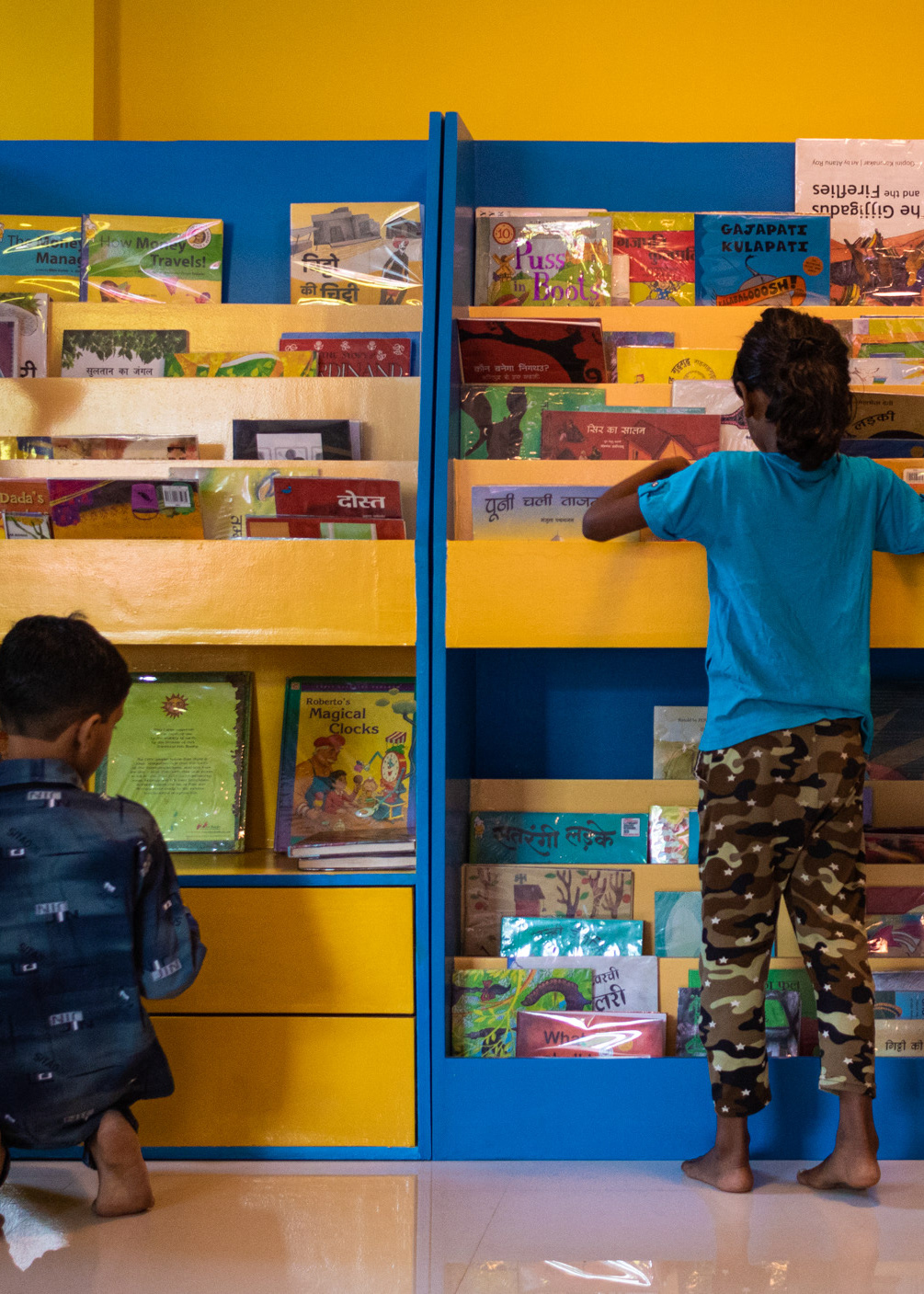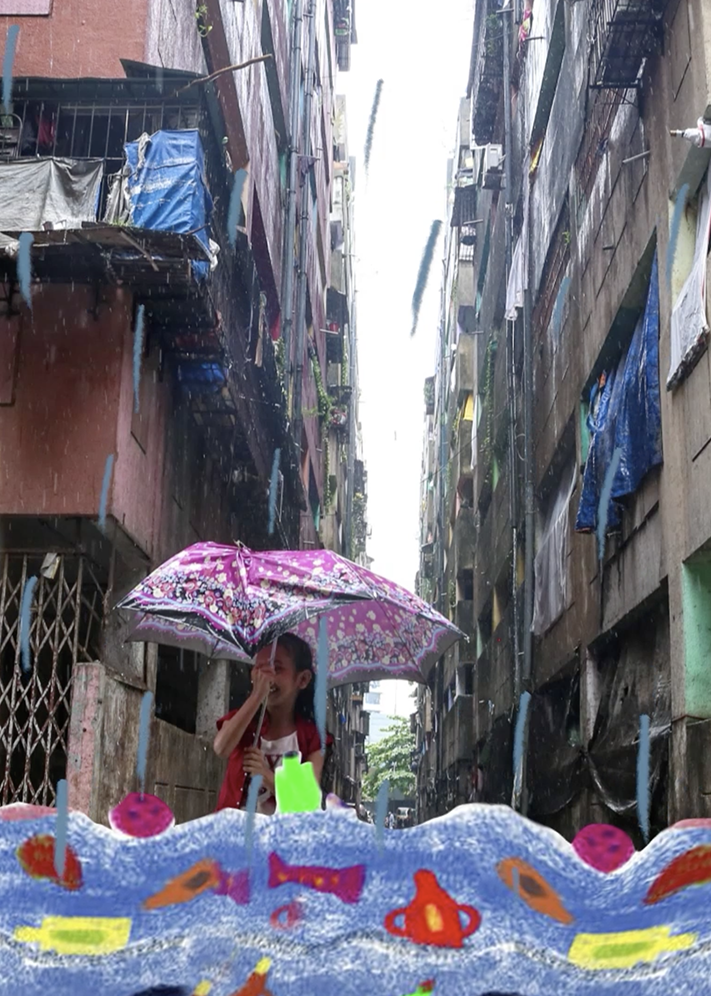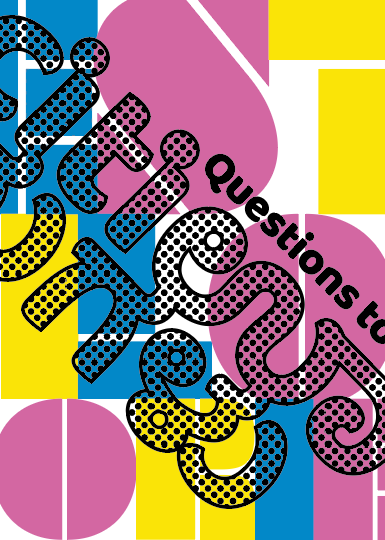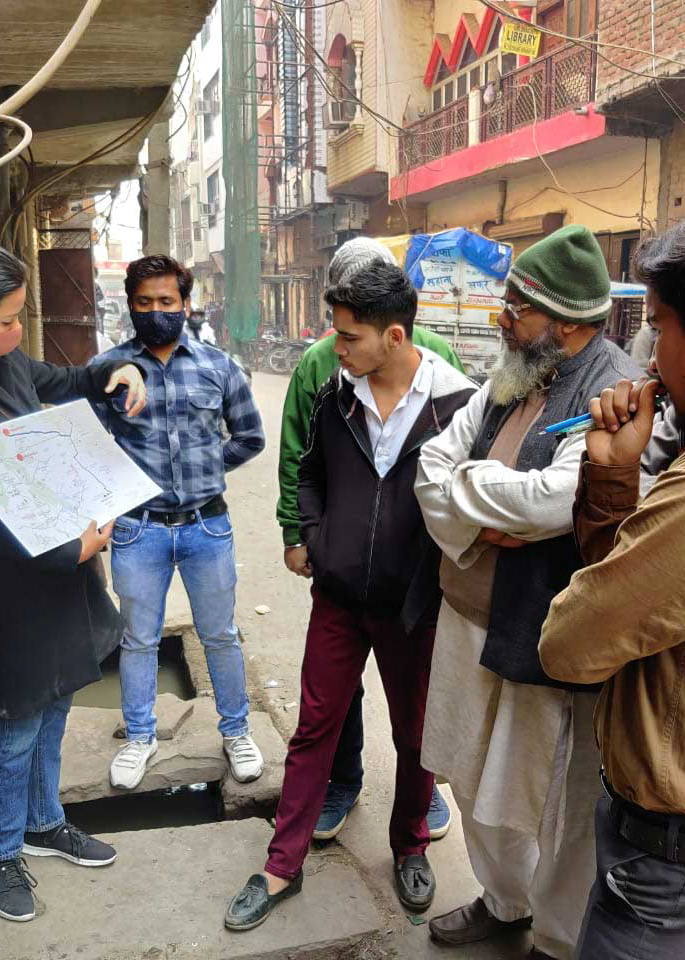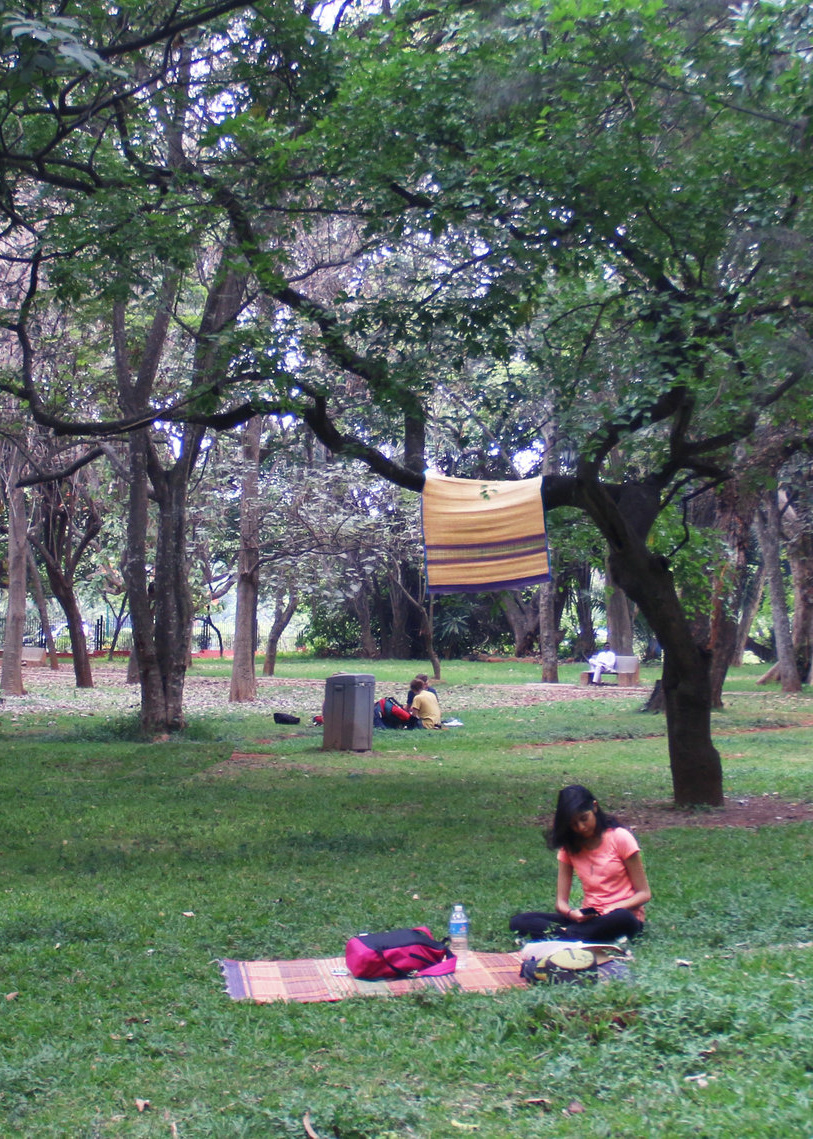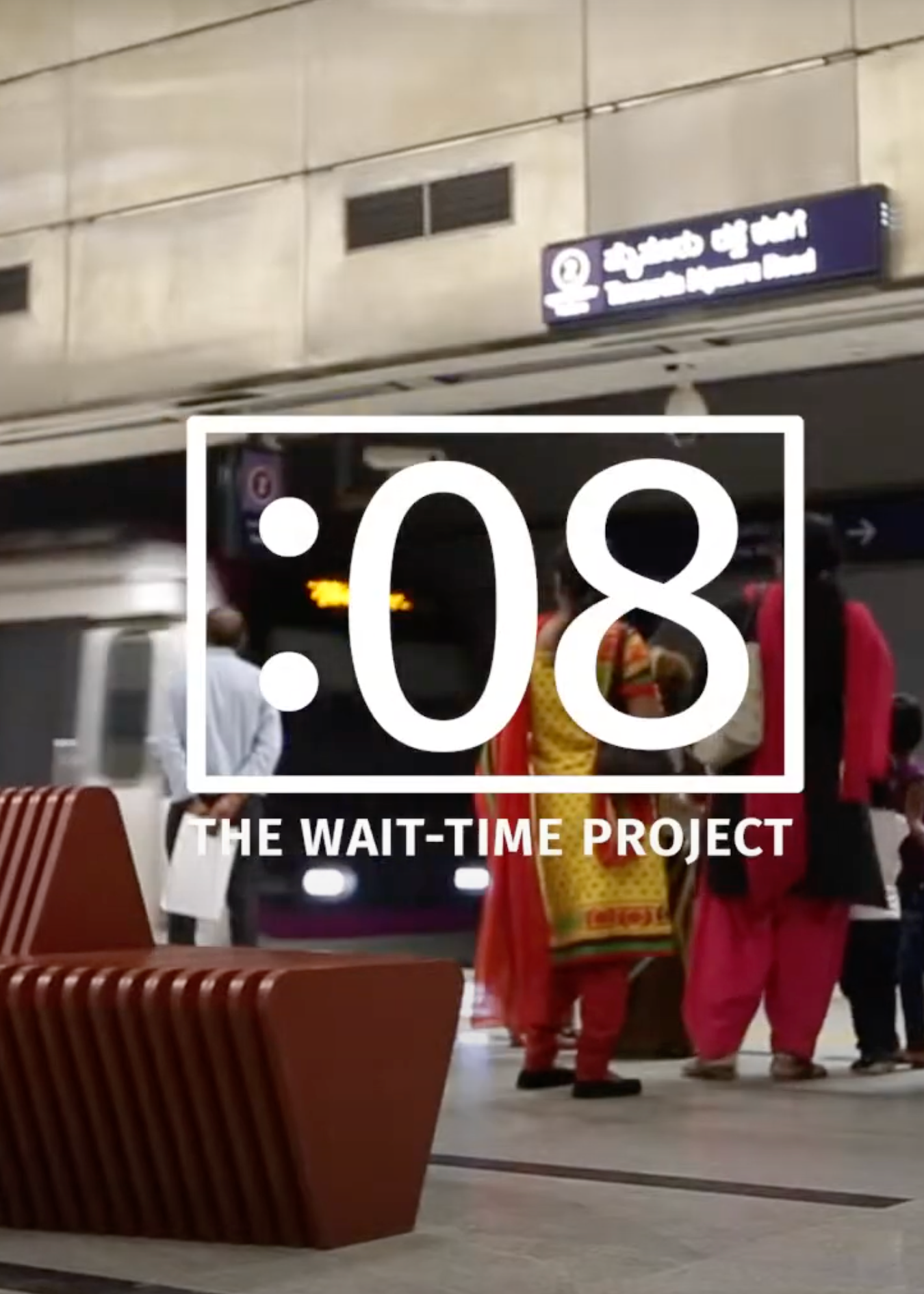For the past four and a half years, I have been working with Community Design Agency as a Lead for Public Arts & Design. Using space as a medium and design and arts engagement as a tool, I, together with the team of architects, community organisers and engineers at CDA, are working with the residents of Natwar Parekh Colony (NPC) in Govandi, to address the social and spatial needs of their neighbourhood.
Context
NPC was built in 2007 as part of the Rehabilitation and Resettlement Plan (R&R) with the aim to provide formal housing to slum and pavement dwellers from different parts of Mumbai. Till 2018, people from more than 10 different locations across the city were relocated to NPC. Most of the residents were Project Affected People (PAPs), i.e. people relocated to make land available for the city’s expansion and infrastructure projects. The residents were allotted homes through a lottery system and they didn’t have a say in where and whom they wanted to live with
With tightly packed grid of 61 buildings on a 5 hectare plot, the density of Natwar Parekh Colony is around 4500 people/ha (Density of the most populated city in the world, Dhaka, is 550 people/ha). Open spaces make up less than 18% of the site area, none of which are usable for any recreational or community activities, keeping residents limited to their 225 square feet apartments. As a result of poor planning, more than 70% of the residents live with little to no access to sunlight, air ventilation or open spaces in and around their homes.
While our work in that neighbourhood began with the intent to improve the hard infrastructures of the colony such as sewage, drainage and waste issues, it was supported by art-led interventions that brought the community together to bring about change in their physical surroundings. My contribution has primarily been working with the residents on facilitating this through design research, participatory planning and community arts. What emerged beautifully was how this approach garnered a lot more interest with the youth of the colony as they felt a sense of agency within their own neighborhoods, one that lacked and got blanketed by large infrastructural issues that weren't in their control. I look at these interventions as softer approached to city-making that not only aids to improve, but also develop spaces of agency, care and safe expression, that lacks within these hard infrastructural developments, in both tangible and intangible ways.
I am sharing some of the processes that I have worked on below. Each of these interventions were co-created with the community and followed an iterative approach to bring about improvements. Each of these intervention has informed the other. We have succeeded and failed together, and that has built an unwavering trust and relationship between us, making trust and care as key ingredients to all our interventions.
To read about all initiatives of the Neighbourhood Regeneration program, please click here.
Waste Management campaign through participatory arts | 2019
In 2019, I led the waste management campaign with the residents of 11 buildings to clean up the alley ways between their buildings. After a couple of months of campaign, the year ended with first street redesign which became the de-facto garden of Natwar Parekh colony. We had plans made to reclaim lanes to celebrate Dawaat-e-Iftaar, however the pandemic struck and we had to slow down.
I wrote a photo story on the process, you can read about it here.
Street Design: Co-creating public spaces for all | 2020 - ongoing
A series of workshops with the youth to reimagine their common spaces. The workshop nudged the youth to look at their street as a canvas and openly share about their desires and wants for this space. With placards, drawing tools and visual nudges, the youth naturally shared ideas that were rooted in their context and needs. The insights from this workshop helped me conceptualise the design for the street, which was later taken to all residents of the colony as a way to further discussion.
..
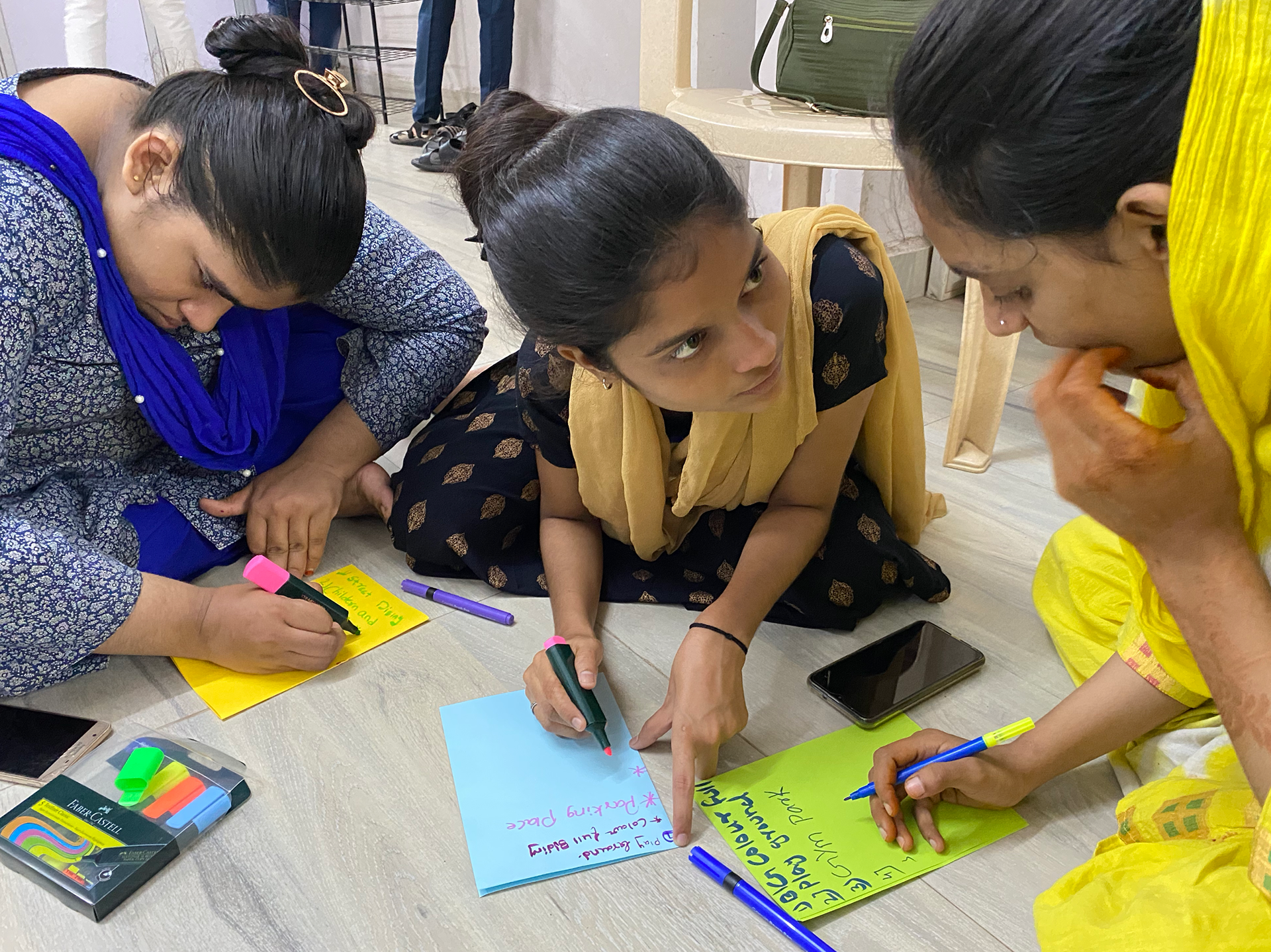
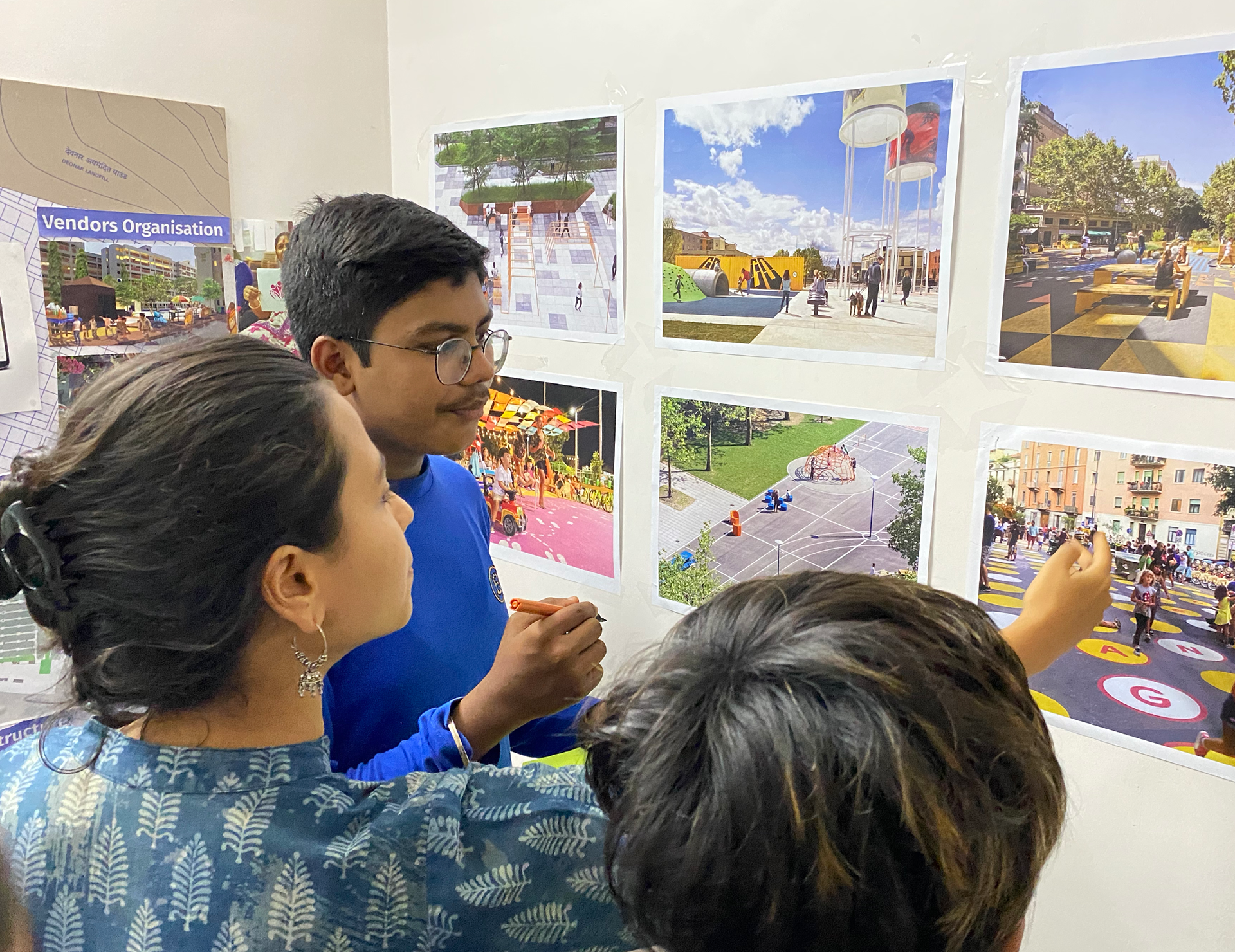
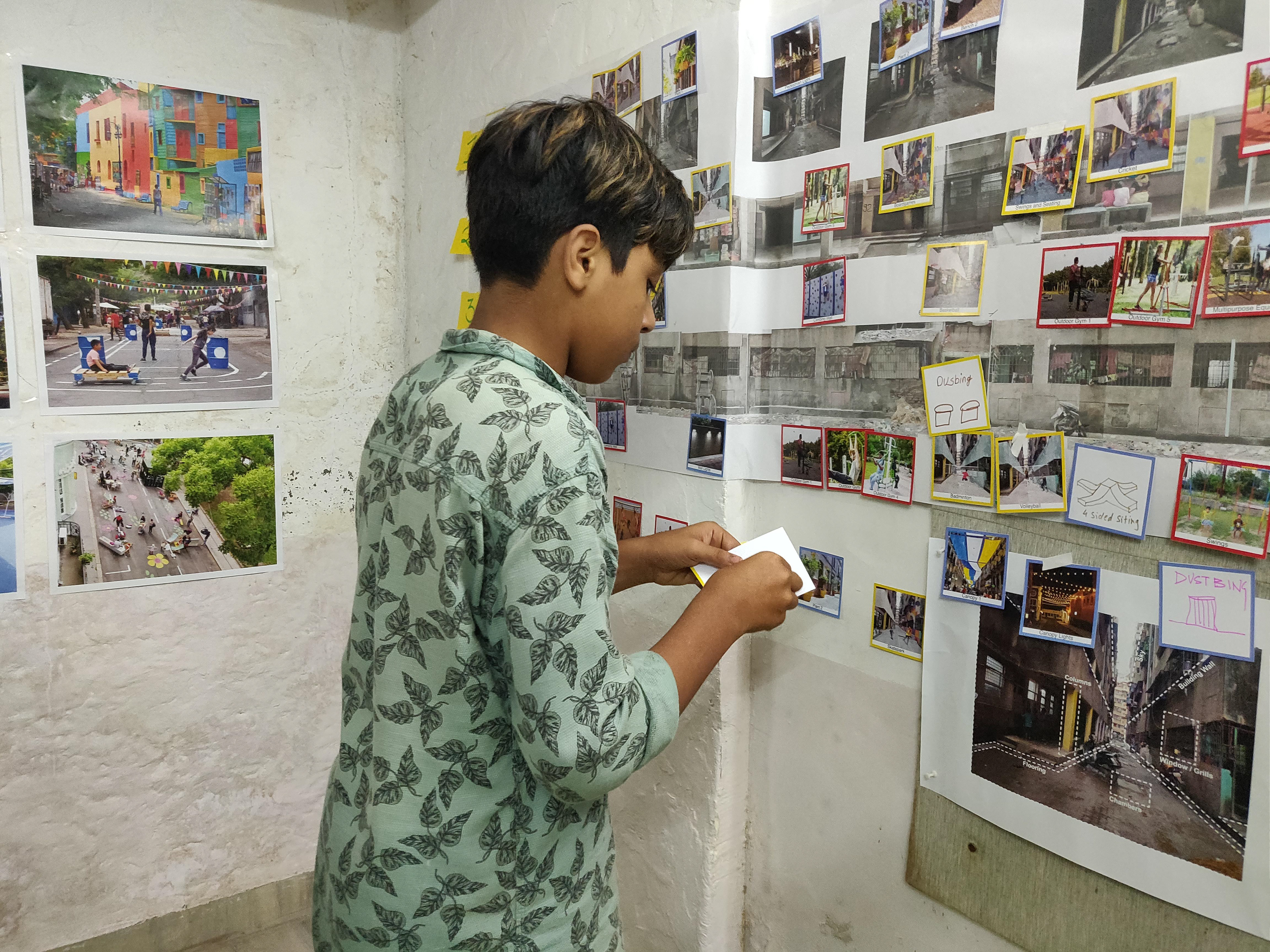
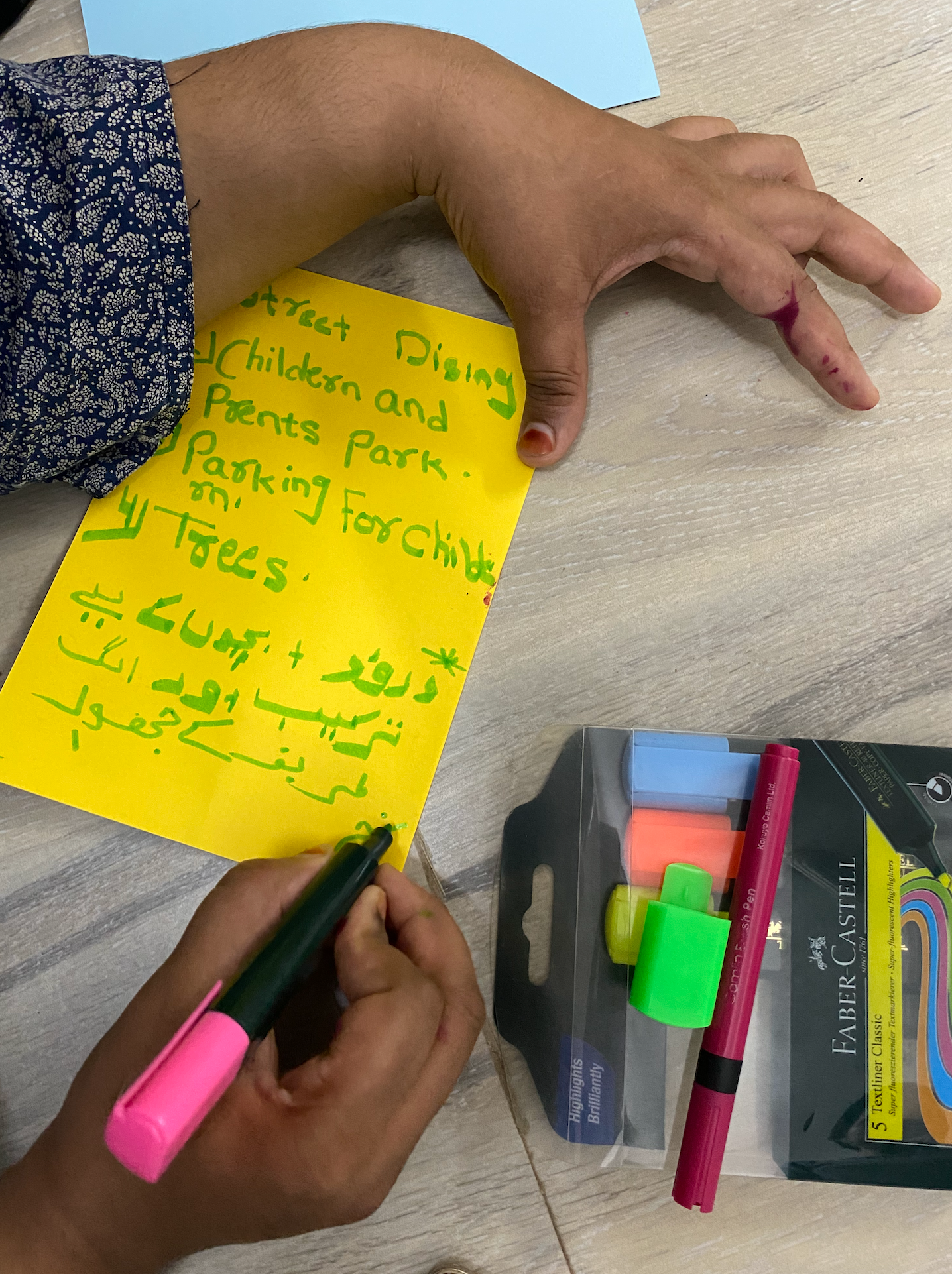
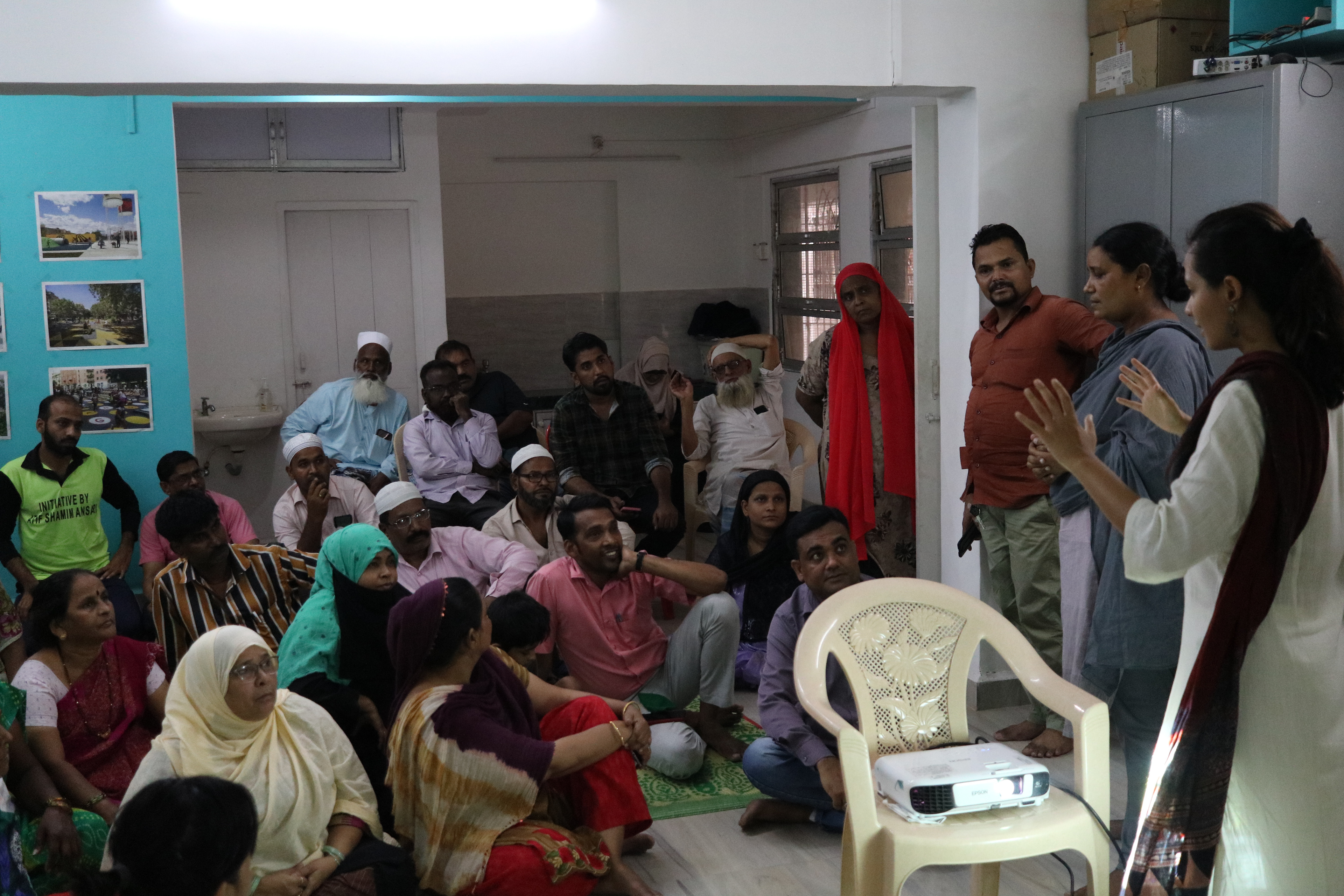

...
Reclaiming space, one wall at a time | 2020-2021
This series came out of multiple social and gender mapping workshops conducted with the youth to understand their perception of the space and their imagination towards what they would like to transform it. And most importantly why? Art became a tool to facilitate these conversations creatively while also bringing about tangible transformation within the neighbourhood. To me, art is more of an input that an output. Once the first mural Haq se Govandi (Govandi, my pride) was painted, it brought about both social and infrastructural improvements within the colony. The residents got plants, the local councillor donated benches and the youth themselves put lights within the space. Those to me are outputs of an intervention. It's what art does to people and space, brings them together with a sense of belonging and agency. Some children still point out to their little patches of paint they painted saying this is mine, this is my work.


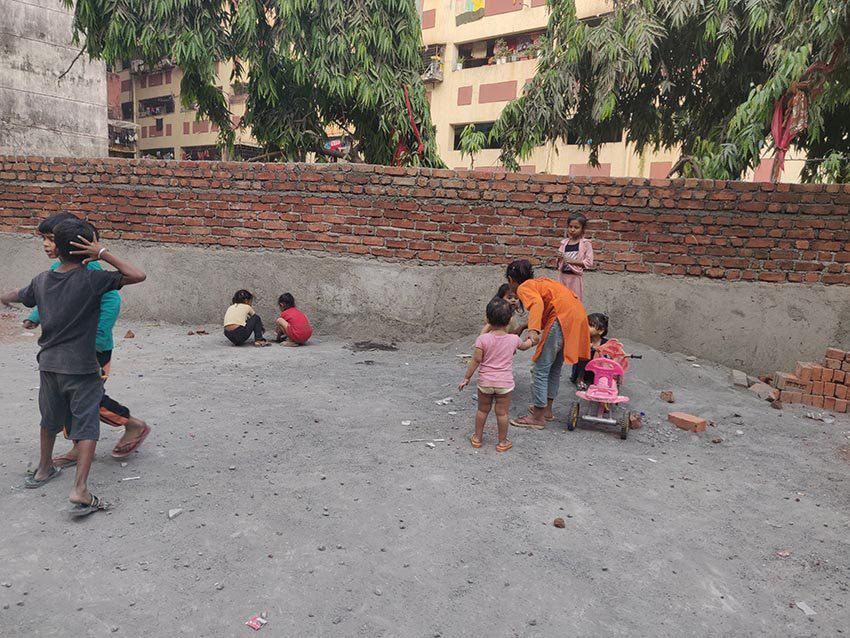

...
Govandi Arts Festival | 2022 - 2023
In the last four years of working closely with residents and the youth on the issues of their built habitat, we have been fortunate to be privy to the quiet, dignified and artful resistance and resilience of people against their marginalisation - social, cultural, economic and spatial.

